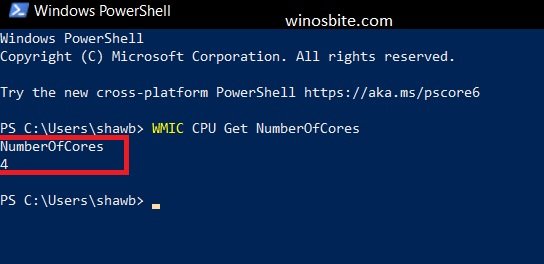
I struggled with this until I pieced together the solution below, which I believe works for both AMD and Intel processors. 2 CPU cores is a very different thing performance wise. So an OS will report that a Core 2 Duo, for example, has 1 physical and 2 logical CPUs and an Intel P4 with hyper-threads will be reported exactly the same way even though 2 hyper-threads vs. CPU cores are often not considered physical cores by the OS unless they have their own package or die. CPU threads which is different from detecting the number of logical and physical cores in a system. The way I understand the question is that you are asking how to detect the number of CPU cores vs. As soon as you have found it, right-click on the application/program, then select Go to details from the options.EDIT: This is no longer 100% correct due to Intel's ongoing befuddlement.

Once you have the Task Manager open, stay on the Processes tab and find the program you would like to change the CPU core usage for. Next, open the Task Manager, there are several ways to this but the easiest are as follows: Press Ctrl+Shift+Esc, Ctrl+Shift+Delete, or just right-click on the taskbar and select Task Manager. First, make sure you have the programs you wish to manage open and running on your computer. Everything you need is already available in Windows, so let’s get started. To start manually adjusting how many CPU cores a program or app uses in Windows 10 you won’t need to download any specific programs or tools. How to Manually Allocate CPU Cores to Programs and Apps in Windows 10. It's also important to note that some programs and apps may require a minimum number of cores to function correctly, so if an app freezes or crashes after setting the number of cores, you may need to increase how much power you are allocating. As soon as you close the program or restart your computer, Windows will once again take over CPU allocation.

It’s important to know that setting CPU core limits for specific apps and programs will only last while the program is open.


 0 kommentar(er)
0 kommentar(er)
